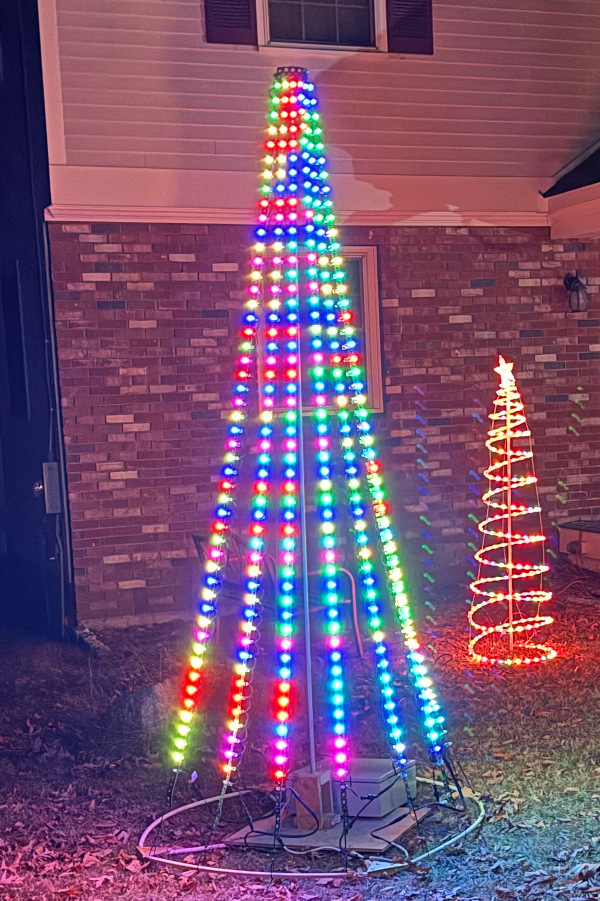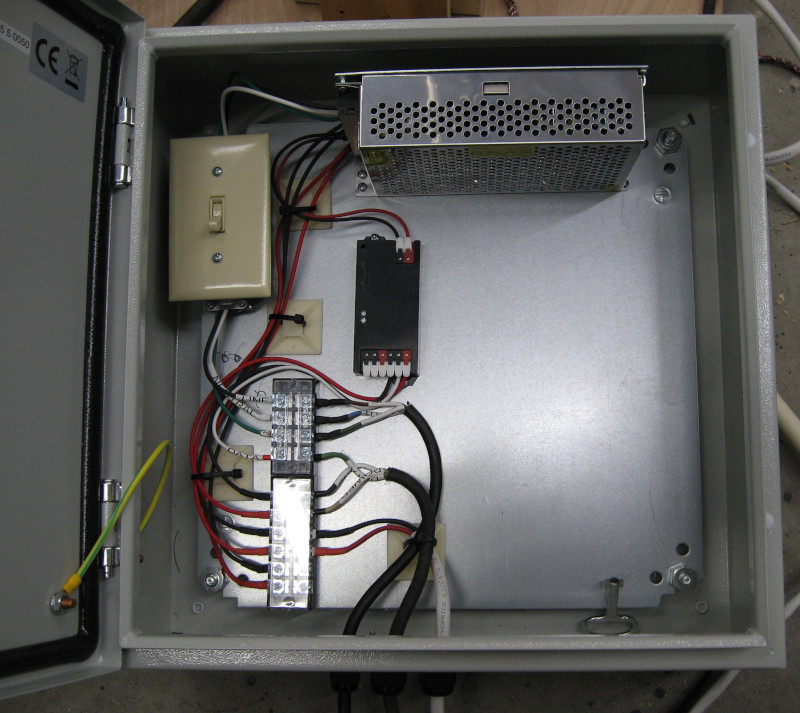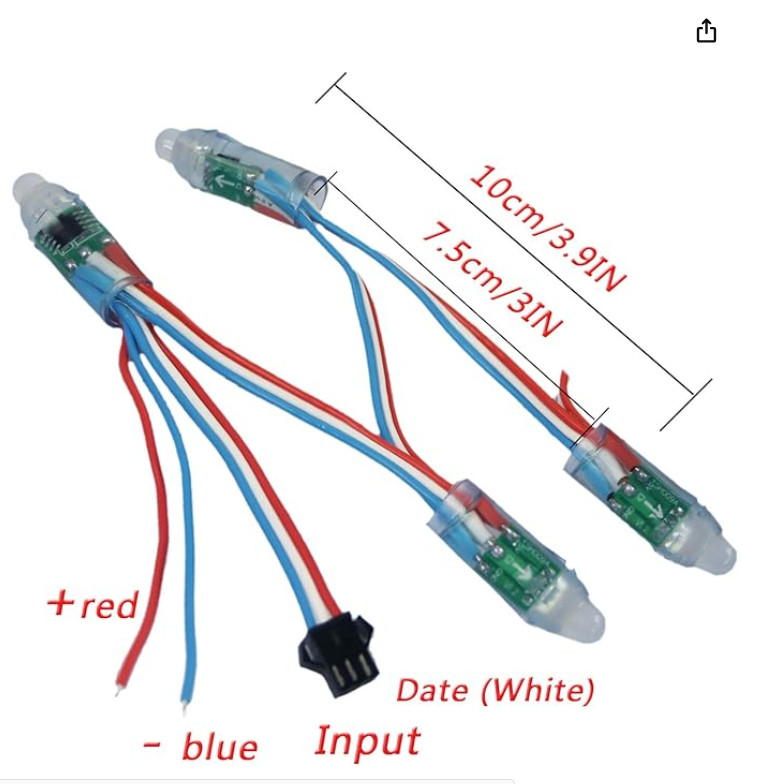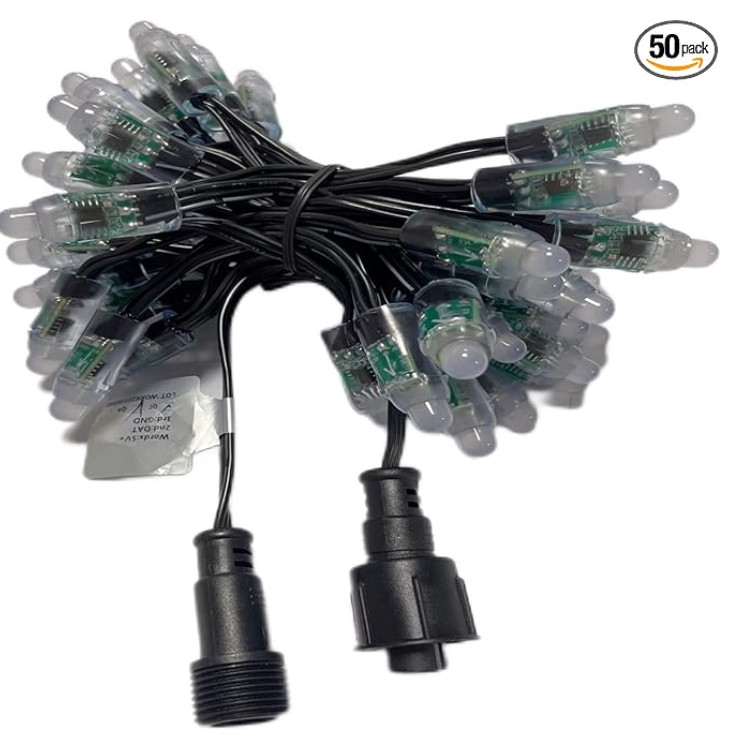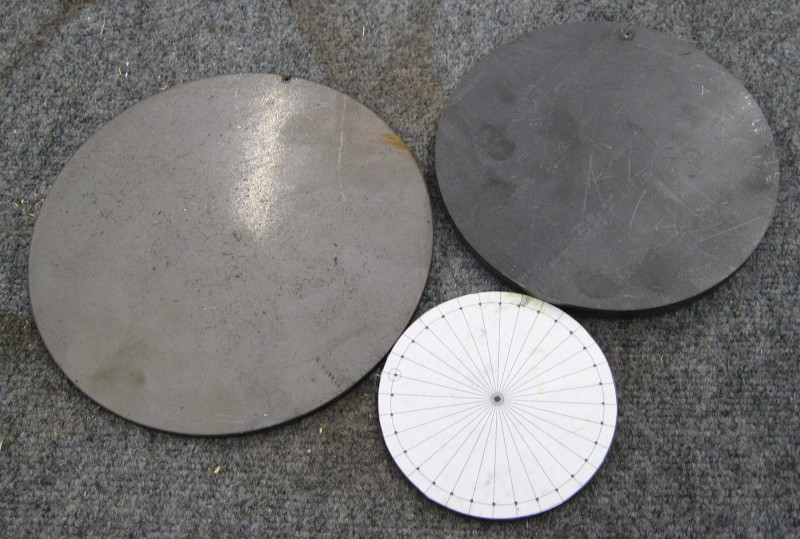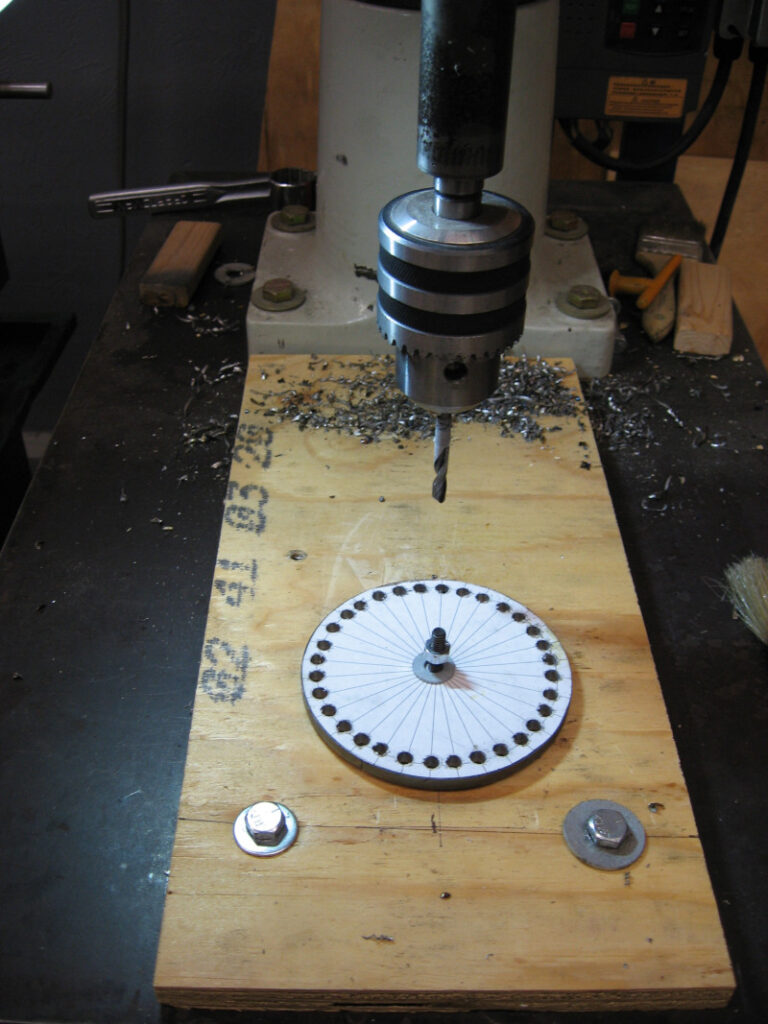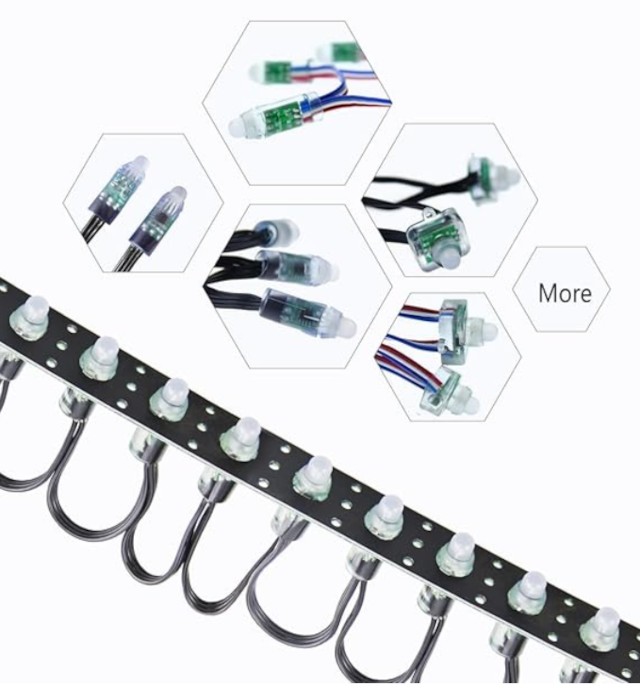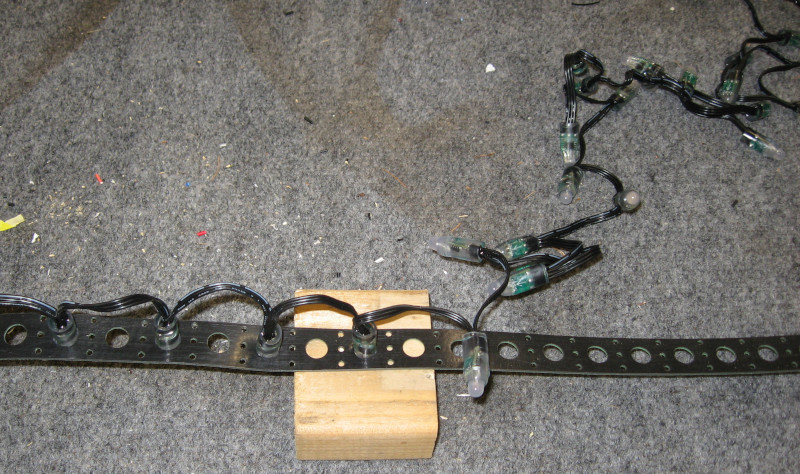My newest project really needs an introduction and some background. You have been warned!
As the MegaTree neared completion I was thinking about other things that could be be done with this computer controlled lighting technology. Leading to a conversation with a friend and fellow engineer – and potential co-conspirator. He happens to be an Electrical Engineer with extensive experience designing and building micro-controller base systems, both hardware and software. He is also fairly serious about Halloween.
We began discussing how to build a Harry Potter Dementor: Flowing, filmy fabric illuminated with ultraviolet LEDs to make a glowing, moving phantasm. Hmm, it would be much more interesting if it could actually move. What about building a Dementor on a stick mounted on a remote controlled wheeled platform? We could build in a variety of effects and have it chase people!
There are drawbacks to a Dementor on a stick: it would have limited mobility. It would be top heavy and tend to fall over. And it wouldn’t be that realistic.
Building on the challenge of how to move a Dementor we considered the Dementor itself: largely a gauzy, filmy body with some structure. This could be very light. Hey, what about a Drone Dementor? Hang a fabric body from a drone. Use UV sensitive fabric and mount LEDs on the drone. This would be a true flying Dementor that could be as scary as we wanted!
She Who Must Be Obeyed weighed in: “No”. Oh well, a drone with enough carrying capacity for a Dementor would be a bit expensive anyway.
OK, back to the drawing board. We were past Halloween anyway, so this project wasn’t needed until next year.
What else would be good for Halloween? Well, skeletons are popular. Just a minute – what about getting one of the dog skeletons and making a robot dog! Making it walk would be a lot of work, but putting it on a remote controlled wheeled platform would be fairly straightforward and would be fairly realistic at first glance. Especially in the dark coming out from the bushes. Unlike a Dementor, dogs travel on the ground so stability wouldn’t be a major problem. Size and weight of motors, controllers, effects, and batteries wouldn’t be an issue.
Making the jaws move should be easy. We could probably articulate the neck, at least enough to raise the head for howling. My co-conspirator wanted the dog to sit. I roughed out a concept for a framework to support the skeleton that had joints for sitting. Sound effects would be required – at a minimum barking, howling, and growling.
Of course glowing red eyes are a given!
At this point She Who Must Be Obeyed provided further guidance: “NO. You will not traumatize small children. You will not chase Trick or Treaters. No scary robot dogs.” Some people just don’t know how to have fun…
What else could be done? Ponder, ponder, ponder…
Keeping to the theme of building something supernatural that uses technology to build magical effects – what about magic itself? What about something to cast magical spells? A magic wand is too small to build much into, but what about a Wizard’s Staff? One with a glowing orb? And potentially other accessories.
This could be an interesting build. And it was approved by She Who Must Be Obeyed.
Buckle in – things are about to get weird!

